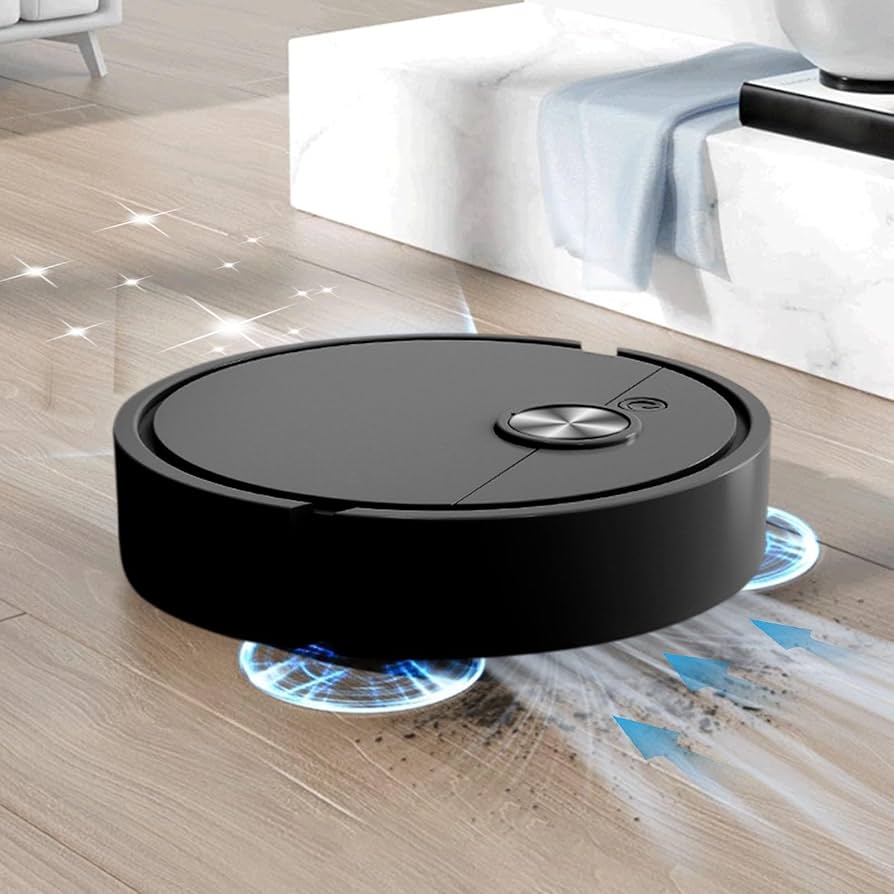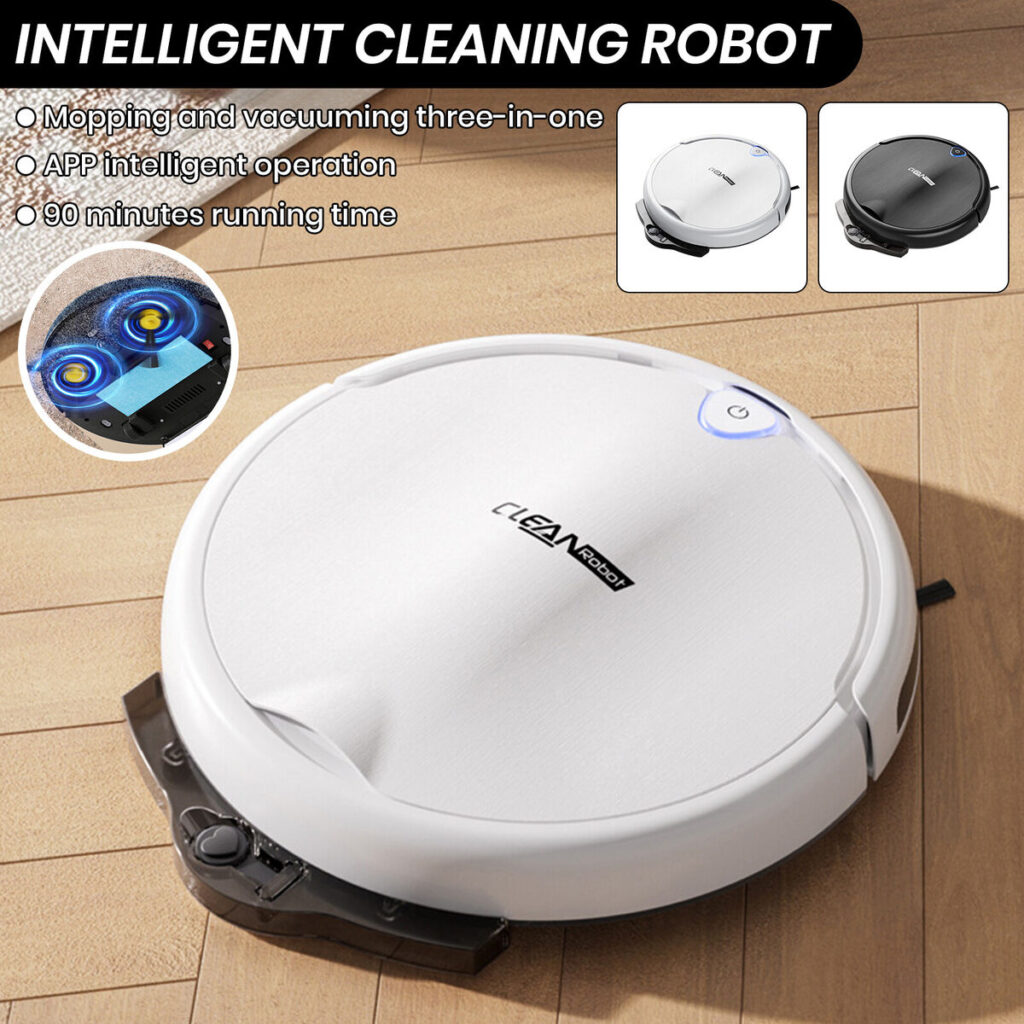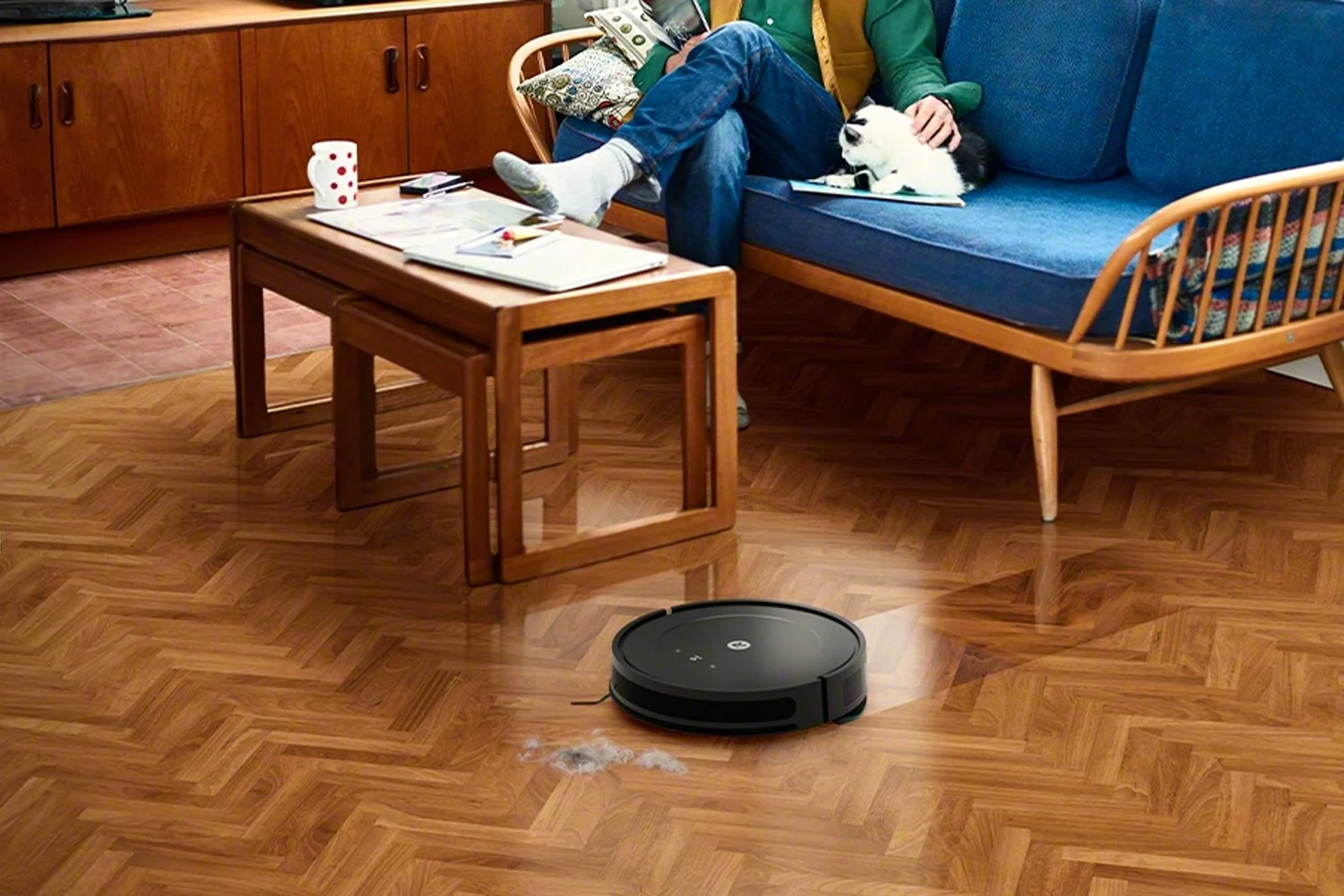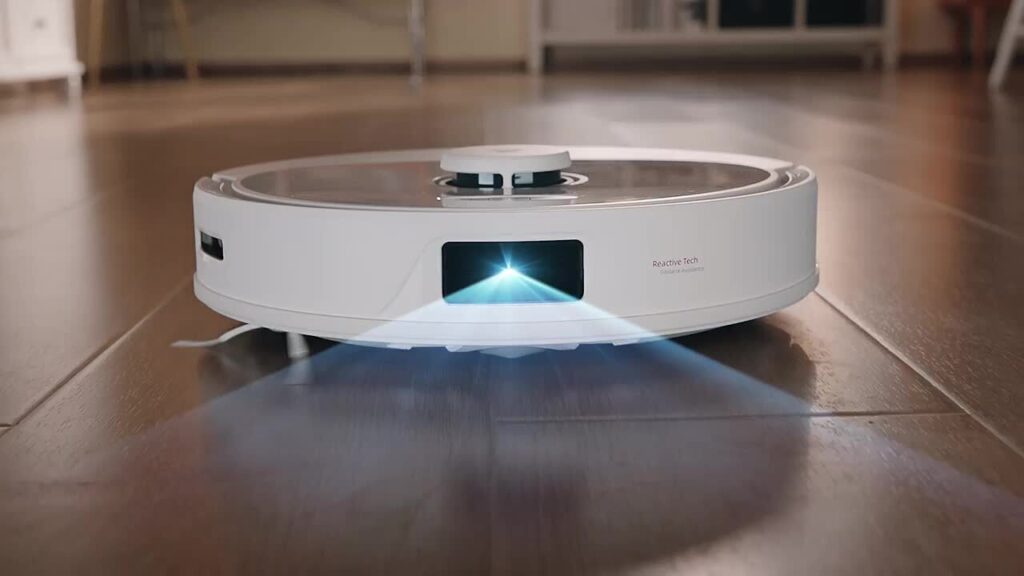In today’s fast-paced world, convenience is king—and when it comes to home maintenance, the smart robotic vacuum has quickly become a beloved household companion. These compact, intelligent machines offer automated floor cleaning with minimal human intervention. Whether you’re managing a busy lifestyle, have pets that shed fur everywhere, or simply want a cleaner space with less effort, robotic vacuums are an excellent investment.
As demand for hands-free cleaning rises, manufacturers are competing to design smarter, more powerful, and more versatile robot vacuum cleaners. With advanced features like app control, voice integration, and room mapping, these gadgets do more than just sweep—they think, adapt, and clean smarter.

What Is a Smart Robotic Vacuum?
A smart robotic vacuum is an automated cleaning device that uses sensors, artificial intelligence, and connectivity features to clean floors with minimal user input. It operates on a rechargeable battery, moves independently around rooms, and can be programmed through apps or smart home systems like Alexa or Google Assistant.
Whether you’re targeting everyday dust or dealing with stubborn dirt in corners, these devices offer a hassle-free alternative to traditional vacuums. They’re especially handy for those who live in apartments, have mobility challenges, or just love a clean space without the back-breaking labor.

Key Features to Look For
1. Smart Navigation
Gone are the days of random bump-and-go vacuums. The latest models use LiDAR, visual mapping, or gyroscopic sensors to efficiently navigate around furniture, staircases, and obstacles. Some even remember room layouts for faster cleaning in the future.
2. App and Voice Control
Most robotic vacuums come with companion mobile apps that allow users to schedule cleanings, monitor cleaning progress, or change settings remotely. With voice integration, users can say things like “Alexa, start the vacuum” for a hands-free clean.
3. Multi-Surface Adaptability
A good robot vacuum cleaner can seamlessly transition from hardwood floors to carpets, adjusting its suction power accordingly. This is a key feature for homes with mixed flooring.
4. Auto-Charging and Resuming
When the battery runs low, the vacuum returns to its charging dock. Some models even resume cleaning where they left off after recharging, ensuring no spot is missed.
Popular Robot Vacuum Brands
The market is buzzing with innovative models and brands. Here are a few noteworthy mentions:
- iRobot Roomba: Often considered the pioneer in this category, Roomba models are known for their strong suction, smart mapping, and durable design.
- ILIFE: A budget-friendly choice without compromising on essential features. The robot vacuum cleaner ILIFE series is great for entry-level buyers.
- Eufy and Roborock: Mid-range vacuums offering strong performance, stylish designs, and robust app features.
- Pure Clean Robot Vacuum: Known for their simplicity and value, great for light daily use.
- Commercial Robot Vacuum: High-end solutions for large spaces like offices and showrooms.

Use Cases: Where Smart Robotic Vacuums Shine
1. Everyday Home Use
Perfect for daily sweeping, especially in high-traffic zones like living rooms or kitchens.
2. Garage Robot Vacuum
Some models are tough enough to handle light debris and dust in garages, making them suitable for DIYers and auto enthusiasts.
3. Pet Owners
Pet hair can accumulate quickly. A robotic vacuum equipped with strong suction and tangle-free brushes can be a game-changer for homes with cats or dogs.
4. Elderly or Physically Challenged Users
Thanks to automated cleaning and voice/app controls, these devices make cleaning possible without physical strain.

Pros and Cons of Smart Robotic Vacuums
Pros
- Saves time and effort.
- Cleans under furniture with ease.
- Can be scheduled for cleaning while you’re away.
- Great for maintaining cleanliness between deep cleanings.
Cons
- May miss corners or very cluttered areas.
- Some models struggle with thick carpets.
- Requires occasional maintenance (emptying bin, cleaning brushes).
Comparing Robotic Vacuum Types
| Type | Best For | Notable Feature |
|---|---|---|
| Entry-Level Models | Small apartments, light daily cleaning | Affordable and user-friendly |
| Mid-Range Smart Vacuums | Medium homes, multi-surface cleaning | Advanced mapping, voice control |
| High-End Models | Large homes, pets, thick carpets | AI integration, self-emptying bins |
| Commercial Robot Vacuum | Offices, retail stores, shared spaces | Heavy-duty build, large capacity |
Things to Consider Before Buying Smart Robotic Vacuum
- Battery Life: Longer runtimes mean more area covered in one go.
- Dustbin Capacity: Larger bins require less frequent emptying.
- Noise Levels: Some models are whisper-quiet, others not so much.
- Height: Ensure the vacuum fits under furniture.
- Warranty and Support: Brands like Roomba and ILIFE offer good customer service and warranty options.
The Rise of Smart Homes and Integration
Smart robotic vacuums are becoming integral parts of the smart home ecosystem. They sync effortlessly with other smart appliances. You can have them start cleaning as soon as you leave the house or when the security system is disarmed.

Future Trends in Smart Robotic Vacuums
The next generation of robotic vacuums is expected to be smarter, quieter, and even more powerful. Expect features like:
- Self-cleaning brushes
- Self-emptying dustbins
- Better obstacle detection
- Enhanced mopping features
- AI-powered dirt recognition
Maintaining Your Smart Robotic Vacuum
To get the most out of your robot vacuum cleaner, regular maintenance is key:
- Empty the dustbin regularly, especially after each session.
- Clean or replace filters to maintain suction power.
- Wipe sensors and cameras for accurate navigation.
- Untangle brushes and wheels from hair or threads.
FAQs
Q1: Can a robot vacuum replace traditional vacuums?
For regular upkeep, yes. However, deep cleaning may still require a traditional vacuum occasionally.
Q2: How often should I run my robot vacuum?
Daily or every other day is ideal for most households, especially those with pets.
Q3: Are they safe for hardwood floors?
Absolutely. In fact, robotic vacuums are gentle and reduce scratching caused by dragging traditional vacuums.
Q4: Can I use a robotic vacuum upstairs?
Yes, but you’ll need to carry it between floors unless you own multiple units.
Q5: Will it fall down the stairs?
Most modern units have anti-drop sensors that prevent falls.
Q6: Can it mop too?
Some hybrid models offer mopping features alongside vacuuming.
Q7: How long does the average robotic vacuum last?
With proper maintenance, they can last anywhere from 3 to 5 years.

